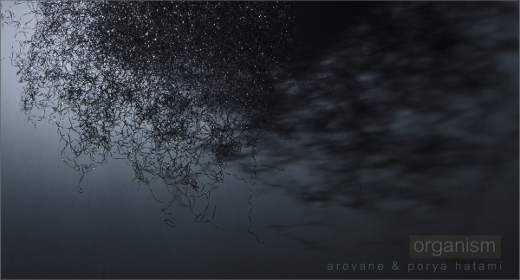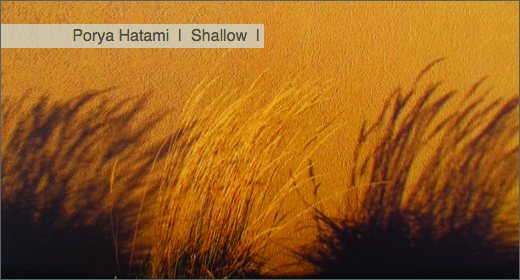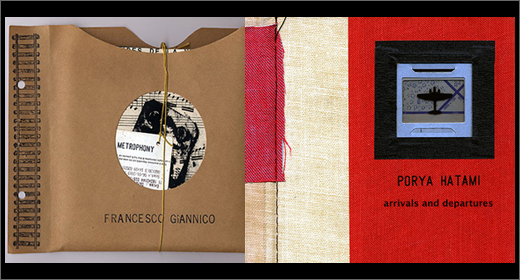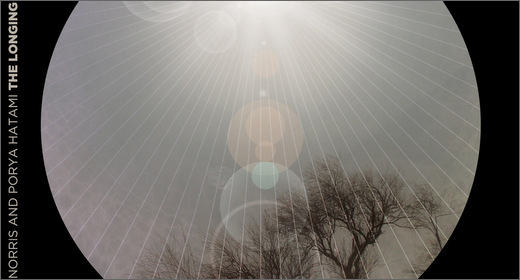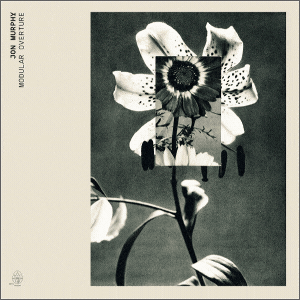Overall, Phone to Logos details a process by which Hatami’s early and more linear ambience has given way to more disruptive and complex sound signatures, distortion, and rhythms—these do not detract from his clearly brilliant field-recording, but rather work to better depict the complex textures and behaviors of organic and non-organic materials and landscapes.
Porya Hatami, the Iranian field-recordist and minimalist musician, has—across a reasonably short career—produced an extended and engaging body of releases which range from dexterous collaborations with the likes of Lcoma and Lee Anthony Norris through to conceptual and meditative explorations such as his 18:46 minute “The Waning Branches,” a track which profiled the growth and ‘sudden decline’ of a single morus tree in his native Sanandaj, where processed drones interweave through rich layers of rising and falling field recording—where car horns and industrial noise give way to the bowed, wavering life-line of the tree, a shimmering digital thread.
In this way, Hatami’s output has consistently tested the thematic and technical boundaries of sonic recording and audio production. With Phone to Logos, the musician was invited by the Audiobulb label to ‘look back and select music including unreleased tracks that illustrated [his] evolution as an artist‘. Accordingly, these ‘curated’ tracks outline the contours, milestones, and landscapes of that evolution in a way that enables us to better contextualize the spaces of development and experimentation between his 2012 Land and his more recent releases, such as his string of collaborations including Veerian with Uwe Zahn (aka Arovane) and Darren McClure, which moved toward merging the tonal and abstract sound design of three distinctive artists who are based in Germany, Iran and Japan respectively. In fact, it is unusual to see younger and early-career artists invited to reflect in this way upon their own musical and creative development, and thus—on its own—Hatami’s Phone To Logos is an interesting type of audio document in its own right; a kind of auto-archive by which the musician does not so much explain as show.
In Phone to Logos, Hatami offers a generous arrangement of works which attempt to narrate and demonstrate his developing practice as an artist and technician. The first track, “Before Finitude,” offers a languid and extended layer of ambient drone which develops entirely—it seems—through processed sound, albeit marked by inprints and ligaments of rasping noise and shimmering sonic fragments which twist and pearl throughout the skin of the track. Later works such as “Parachute” owe obviously more to ‘organic’ inspired ripples and structures, employing greater use of processed strings and keys—a more distinctive ‘musicality’ penetrates the sound. It is in later tracks that the figuration of field recording comes to play a greater and more decisive role in the body of the sound, as well as representing a shift toward a more haunting and ‘distorted’ aural repertoire. “Inexistence” is typical of this movement toward fragmentation and unexpected contouring, a sound mediated through filters and delays, fatter with organic texture. The same can be seen with “QM Interrupted,” which again generates a more dissociative and fractured landscape.
Despite the variety and diversity of the work produced by Hatami, his ‘public’ career has spanned a more modest stretch of only four years after his initial release in 2012, though the tracks paint a picture of pre-2012 directions which draw more directly from processed ambience and minimal drone. Overall, Phone to Logos details a process by which Hatami’s early and more linear ambience has given way to more disruptive and complex sound signatures, distortion, and rhythms—these do not detract from his clearly brilliant field-recording, but rather work to better depict the complex textures and behaviors of organic and non-organic materials and landscapes. With releases such as Shallow and The Waning Branches, you can see Hatami move toward a rich and generous ambient structure, but also—more recently—to move beyond it toward an increasingly complicated and collaborative methodology which has embrassed the opportunities offered by disruptive and textured sound.
Phone To Logos ends with a forward-looking and new release produced especially for the album (After), as well as unused tracks from his ongoing collaboration with Arovane, and “Sketch;” a track which points toward an as-yet unreleased collaboration with Artificial Memory Trace, which will be released toward the end of the year. This final sequence of tracks embody the most recent and more explorative and collaborative sound which pays homage to Hatami’s agility as a producer and director of his own musical production;
Across the surface of Phone To Logos is visible the work of a single hand, even despite the variety and difference of each of the individual milestones within. The overall impression is a warm and generous one that becomes increasingly confident in the possibilities offered by disruptive sound and time signatures; it is testament to Hatami’s influence on the scene and his musical and compositional ability that he has been able to release what amounts to a ‘retrospective’ still during an early point in his career, especially considering that his first release made an appearance only in January 2012 through the UK’s Somehow Recordings. Even at that time, the tonal complexity and richness of the work was astonishing; Phone to Logos does not depict an artist working within a single channel, but rather an adaptable, exciting and deeply experimental voice able to shift register and identity while retaining his core musical interests.
Phone To Logos is available on Audiobulb.












